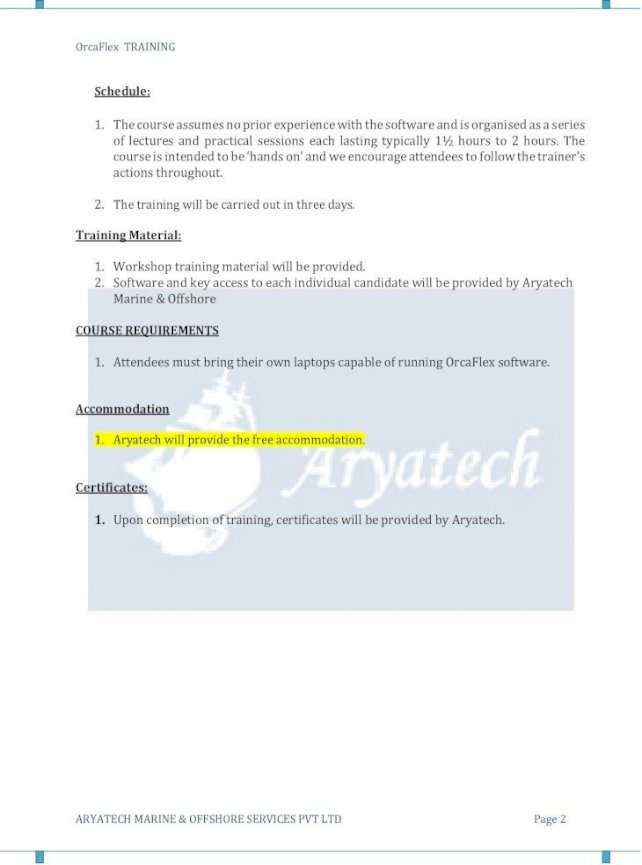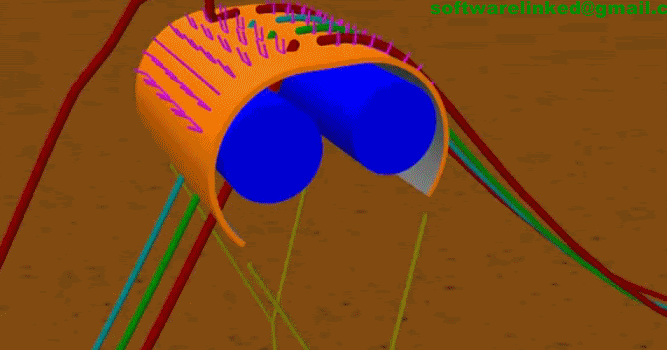

The paper will focus on the most challenging water depths for both fixed-bottom and floating systems. The intention of this paper is to present the results of a novel smart semi-active tuned mass damper (SA-TMD), which mitigates unwanted loads for both fixed-bottom and floating offshore wind systems. This strategy affords a 71% reduction in fatigue damage in both 59-m and 100-m water depths.

The most effective load-mitigation strategy is combining advanced controls with TMDs. Advanced controls reduce fatigue damage at the tower-column flange by up to 22% in 59-m water depth and up to 40% in 100 m water depth. TMDs reduce fatigue damage at the tower-column interface flange by up to 52% in 59-m water depth and up to 28% in 100 m water depth. To study sensitivity to water depth, loads were analyzed at both the 59-m WaveHub depth and a more commercially realistic depth of 100 m. Loads and accelerations in FLS conditions were evaluated on the basis of damage equivalent loads (DELs), and fatigue damage was computed by Miner's summations of stress cycles at the tower base. UMass developed a number of TMD types, with varying system configurations, including passive nonlinear dampers and semi-actively controlled dampers with an inverse velocity groundhook control algorithm. Simulations were run with a baseline turbine controller, representative of the current state of the art, and an advanced controller developed by NREL to use collective and individual blade pitch control to maintain rotor speed and reduce tower loads. Simulations in turbine idling conditions were run in OrcaFlex, and simulations in operating conditions were run in FAST. In FLS conditions advanced controls and TMDs afford dramatic reductions in fatigue damage, offering the potential of significant savings in tower structural requirements. The influence of TMDs on ULS loads have been reported previously (Park et al. In 50-YRP conditions advanced controls are not active. Loads were analyzed by running time-domain simulations in four 50-year return period (50-YRP) ultimate load state (ULS) conditions and 77 fatigue load state (FLS) environmental conditions. The platform was designed for the WaveHub wave energy research site, more » with a mean water depth of 59-m. The analysis was based upon the Glosten PelaStar tension leg platform (TLP) with GE Haliade 150 turbine, a system developed in a previous front end engineering design (FEED) study funded by the Energy Technology Institute (ETI) in the UK.

General Electric, the National Renewable Energy Laboratory (NREL), the University of Massachusetts Amherst (UMass), and Glosten have recently completed a US Department of Energy (DOE)-funded research program to study technologies for mitigating loads on floating offshore wind turbines through the use of advanced turbine controls and tuned mass dampers (TMDs).


 0 kommentar(er)
0 kommentar(er)
